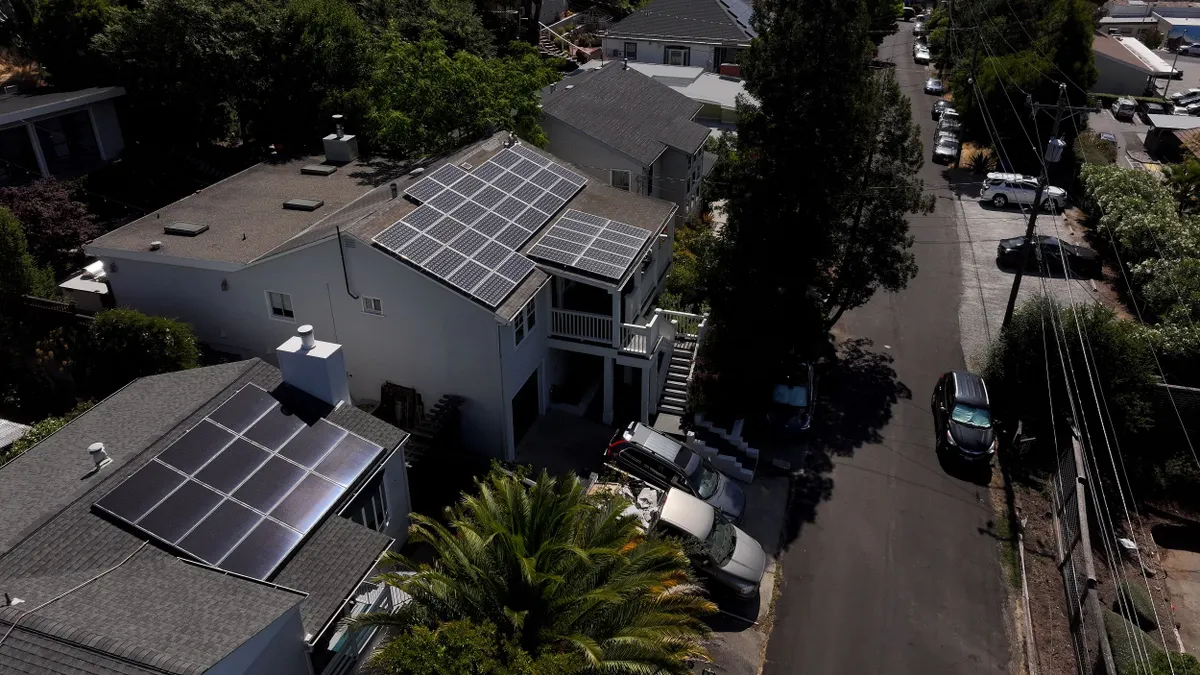Dive Brief:
- Hourly forecasting and greater geographic granularity can help utilities plan load forecasts for an increasingly dynamic grid made up of traditional power plants, intermittent renewables and customer-sited distributed energy resources, according to a recent report by the nonprofit Energy Systems Integration Group.
- “The evolving energy landscape — marked by variable renewable generation, unprecedented load growth from electrification (buildings, transportation, data centers, manufacturing), and rising customer-sited DERs (solar, battery storage, electric vehicles) — necessitates a paradigm shift,” the report says. “Traditional forecasting practices are no longer sufficient for this complex, dynamic grid.”
- Infrastructure planners are “not very comfortable yet in the certainty of being able to use flexibility,” Julieta Giraldez, director of integrated grid planning at Electric Power Engineers and the report’s lead author, said in an interview. “Most of the utilities, I would say, don’t really include any flexibility in their forecasts, so it’s a big area of future work.”
Dive Insight:
While the report began by focusing mainly on distributed resources, Giraldez said large-load data centers have become “the latest and largest elephant in the room” when it comes to utility planning.
“Most of the data being used in the forecast comes from the customers themselves, but there’s no good approach to do more rigorous ... forecasting, to be able to determine where [data centers] might go and how they might behave,” she said. “It’s really uncertain what is going to materialize.”
The report says load forecasting has evolved significantly over the past decade. It lays out three main steps it describes as best practices:
- Establish a base load forecast by removing the effects of weather-dependent distributed energy resources and extrapolating trends using historical load data, weather patterns and economic variables.
- Adjust for known new loads, such as industrial expansions or data centers.
- Adjust for new consumer-adopted technologies, including distributed energy resources such as solar and battery storage, as well as electrification of buildings and transportation, and demand response measures.
The report cautions, however, that while structured load forecasting can provide a foundation, “inherent uncertainties remain due to evolving technologies, policy shifts, and economic factors.”
“To ensure robust grid planning, uncertainty analysis and scenario planning must complement load and DER forecasting, accounting for a range of potential future conditions and their impact on long-term system reliability,” it says.
In particular, the report calls for greater transparency on key data center parameters.
“Given that a small number of technology companies account for a large share of global AI installations, collaboration between these companies, utilities, ISOs, and researchers is feasible and could facilitate the necessary data-sharing to improve forecasting,” it says. “Establishing standardized tools and methodologies will be critical to ensure that utilities and ISOs can effectively plan for the growing role of data centers in bulk power system demand.”















